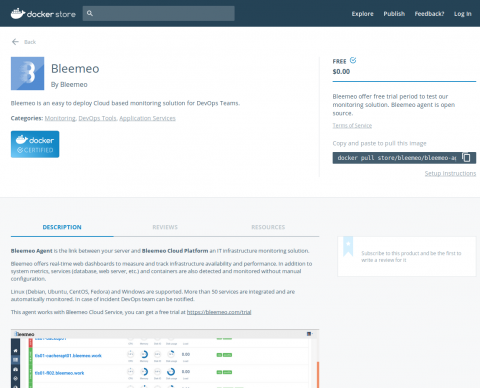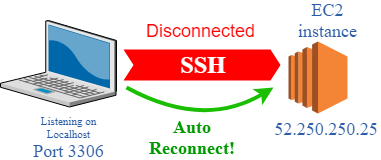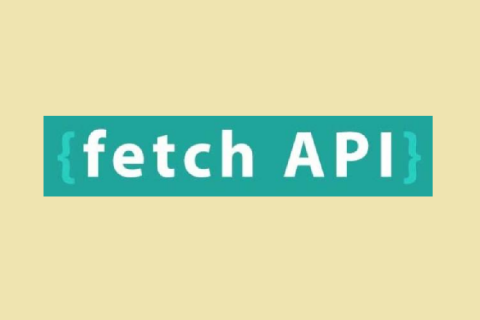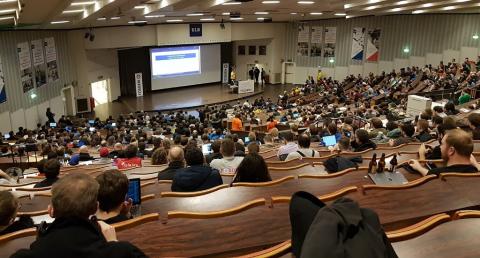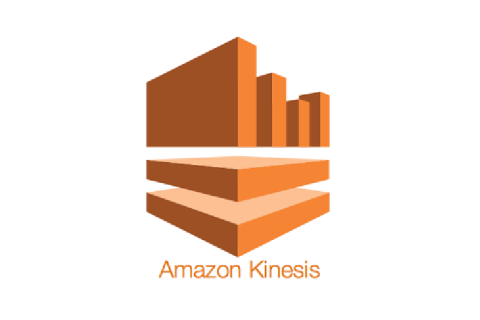The Best Tools to Monitor for Website Changes, Uptime, Performance, Malware, SEO and More
There’s a variety of critical website change monitoring tools that should be leveraged for business and mission-critical websites. Such tools and software eliminate the need for manual website monitoring, and automatically detect important changes and updates and then alert business users and technology owners.





